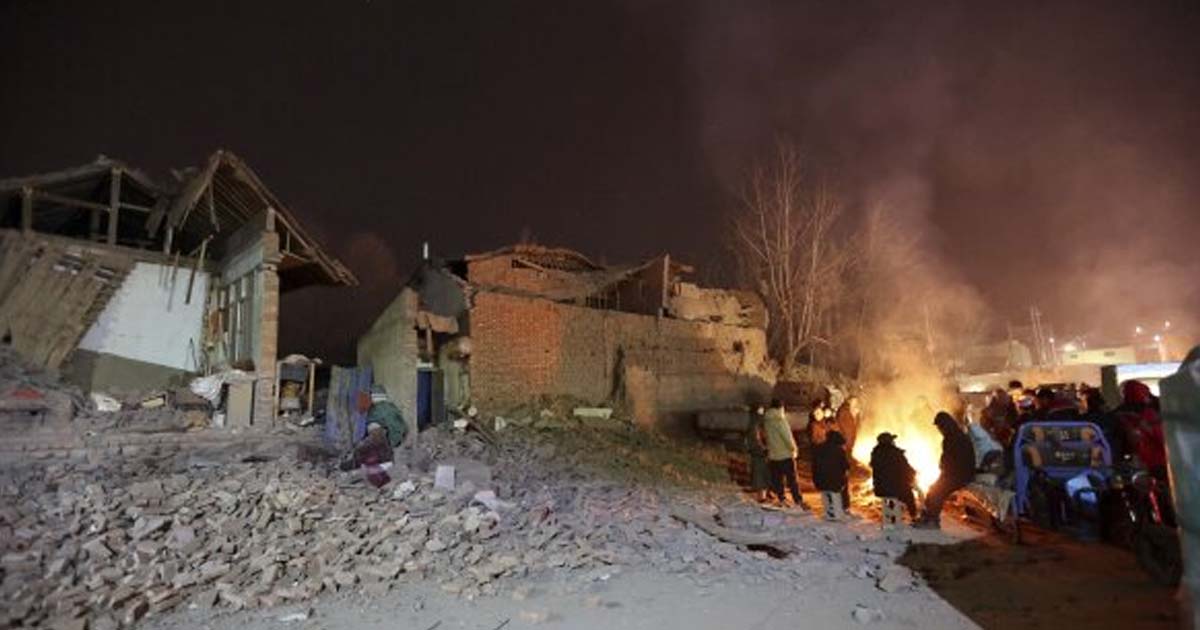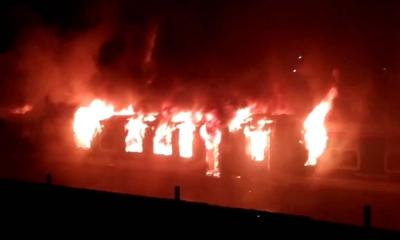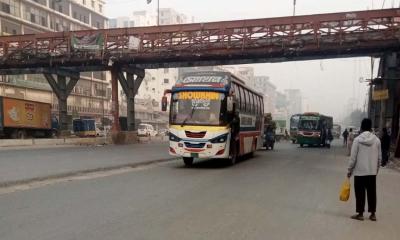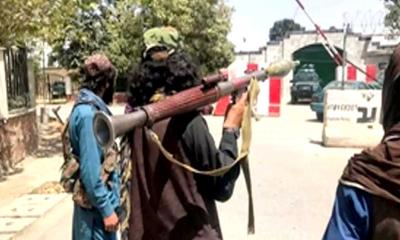An overnight earthquake killed at least 116 people in a cold and mountainous region in northwestern China, the country's state media reported Tuesday.
Search and rescue operations were underway in Gansu and neighboring Qinghai provinces. The earthquake left more than 500 people injured, severely damaged houses and roads, and knocked out power and communication lines, according to the media reports.
The magnitude 6.2 earthquake struck in Gansu at a relatively shallow depth of 10 kilometers (six miles) just before midnight on Monday, the China Earthquake Networks Center said. The U.S. Geological Survey measured the magnitude at 5.9.
By mid-morning, 105 people had been confirmed dead in Gansu and another 397 injured, including 16 in critical condition, Han Shujun, a spokesperson for the provincial emergency management department, said at a news conference. Eleven others were killed and at least 140 injured in Qinghai, according to state media.
The earthquake was felt in much of the surrounding area, including Lanzhou, the Gansu provincial capital, about 100 kilometers (60 miles) northeast of the epicenter. Photos and videos posted by a student at Lanzhou University showed students hastily leaving a dormitory building and standing outside with long down jackets over their pajamas.
“The earthquake was too intense,” said Wang Xi, the student who posted the images. “My legs went weak, especially when we ran downstairs from the dormitory.”
The quake struck in Gansu’s Jishishan county, about 5 kilometers (3 miles) from the provincial boundary with Qinghai. The epicenter was about 1,300 kilometers (800 miles) southwest of Beijing, the Chinese capital. There were nine aftershocks by 10 a.m., about 10 hours after the earthquake, the largest one registering a magnitude of 4.1, a Gansu official said.
Tents, folding beds and quilts were being sent to the disaster area, state broadcaster CCTV said. It quoted Chinese leader Xi Jinping as calling for an all-out search and rescue effort to minimize the casualties. The overnight low in the area was minus 15 to minus 9 degrees Celsius (5 to 16 degrees Fahrenheit), the China Meteorological Administration said.
At least 4,000 firefighters, soldiers and police officers were dispatched in the rescue effort, and the People's Liberation Army Western Theatre set up a command post to direct its work.
Han, the Gansu spokesperson, said the rescue work was proceeding in an orderly manner and asked people to avoid going to the quake-hit areas to prevent traffic jams that could hinder the effort.
A video posted by the Ministry of Emergency Management showed emergency workers in orange uniforms using rods to try to move heavy pieces of what looked like concrete debris at night. Other nighttime videos distributed by state media showed workers lifting out a victim and helping a slightly stumbling person to walk in an area covered with light snow.
Middle school student Ma Shijun ran out of his dormitory barefoot without even putting on a coat, according to a Xinhua report. It said the strong tremors left his hands a bit numb, and that teachers quickly organized the students on the playground.
CCTV reported that there was damage to water and electricity lines, as well as transportation and communications infrastructure.
Earthquakes are somewhat common in the mountainous area of western China that rises up to form the eastern edge of the Tibetan plateau.
Last year in September, at least 74 people were reported killed in a 6.8 magnitude earthquake that shook China’s southwestern province of Sichuan, triggering landslides and shaking buildings in the provincial capital of Chengdu, where 21 million residents were under a COVID-19 lockdown.
China’s deadliest earthquake in recent years was a 7.9 magnitude quake in 2008 that killed nearly 90,000 people in Sichuan. The tremor devastated towns, schools and rural communities outside Chengdu, leading to a years-long effort to rebuild with more resistant materials.
ARS











